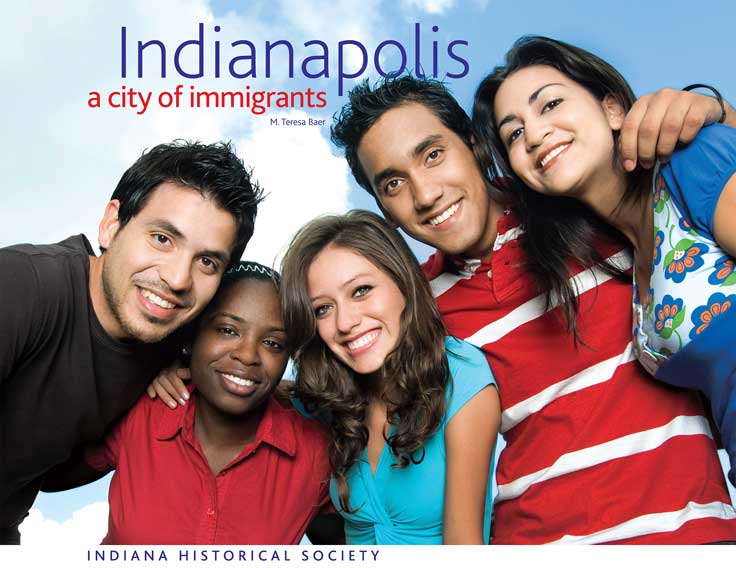
Plan your visit
Community: A Lesson from Our Immigrants
January 7, 2019

When I wrote Indianapolis: A City of Immigrants in 2012, I had no idea how polarizing immigration politics would become. It was already a controversial issue, so I sought answers to questions swirling around it: Who were the most recent newcomers to Indiana? Why were they coming to Indianapolis and other towns in the state? How were they affecting our economy? What were they doing here?
Census records showed that Latin Americans and Asians are the two largest groups arriving in Indianapolis. But, people are coming here from the world over; nearly every country is represented. They leave home because of wars and genocide or a lack of opportunity. They come here for safety, schooling and good jobs. These are much the same factors that brought families who have been here for generations – for example, those with European backgrounds and blacks from the American South.
By reviewing reports from think tanks and congressional groups from both sides of the aisle, I found that immigrants add much more to America’s economy than they take in benefits. This has been true throughout the 20th century, and it is true today. What is startling is that nobody is speaking this truth, although the facts and figures are easily available from the right, the left and bipartisan groups.
While we need to realize this truth, immigrants bring another key lesson. As rugged, individualistic Americans fight about responsibility for people and institutions, immigrants are busy supporting their families in their former homes while creating vibrant ethnic communities here. Their communities provide food, shelter, clothing, education and jobs for everyone in their groups. Valuing such shared commitments could help Americans walk back from separatist individualism to instead build an American community composed of strong individuals who share goals to nurture, protect, encourage and help all Americans thrive.









